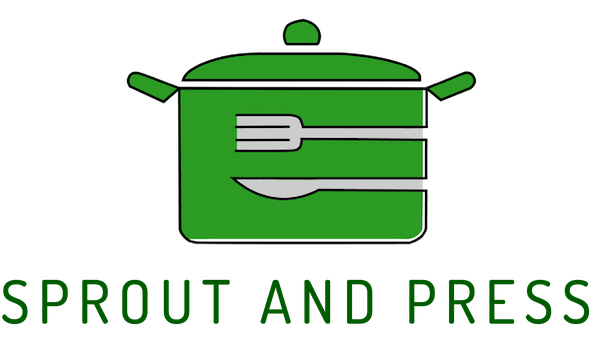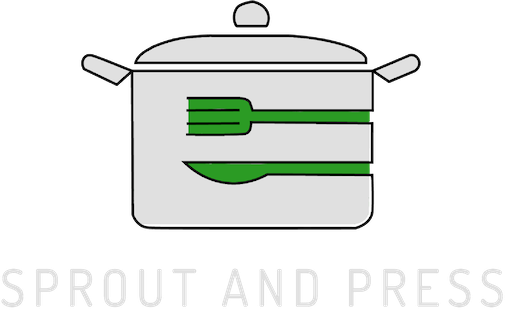When it comes to preparing healthy meals, nothing beats a good food scale for accuracy and ease-of-use. Following a recipe precisely is easy. Yet not everybody can achieve perfect consistency like professional chefs do. So, what’s wrong? Adding just the right amount of each ingredient is essential for successfully preparing a meal correctly.

Professional chefs use professional food scale for measuring their ingredients just to avoid cooking mishaps or uncertain culinary tastes. This is because they know that a mistake in measuring a certain food can change everything in the meal. On the other hand, home cooks rely on their digital food scales for accuracy. They also want their containers to look nice and appealing, but they also want them to be accurately measured and presented in the best way possible. This is where the difference between cooking with a scale and an analog instrument sinks in. With an analog scale, a mistake in reading or removing a food can have wide-ranging effects in the preparation process, from an under-cooked meal to an over-cooked one.
An analog scale is quite easy to use – you simply place your food in the container, adjust the level, and check the display. The problem comes when you need to add food or measure food portions, or when you need to take out certain items or foods. Here are some tips to help you prepare meals more accurately with a food scale:
First, make sure that the scale you are using comes with a built-in weight register. Even the thinnest digital scales available today come with a five-unit register which will accurately weigh in pounds, cups, ounces, and grams. Also, look for a scale that has the option of using either pounds or cups. Some models may also have a sliding scale to allow you to weigh food without having to remove the container. Choose a scale that has options for measuring the ingredients for the meal you are preparing.
Second, get a scale with an accurate setting option. This way you can measure your food as you go and not have to worry about an inaccurate read or a low-weight result. An easy way to lose or gain a pound from the menu is to change the measurement settings on the scale to the lower or higher side. For instance, if you are weighing in raw eggs, you might set the scale to the lowest side to compensate for the protein and fat content of the meal, making it easier to judge portion sizes. If you are trying to measure dry beans, adjust the setting to the highest setting so that the dry beans are measured in grams instead of cups.
Third, make sure that you find a scale with an accurate tare function. This function is used to determine the weight of your cooked food. Some scales will display the amount of food that you would cook in one cup. Others will require that you use a spoon to weigh the food. The scales that have this tare function will provide an accurate reading for what you are cooking by weighing the exact amount of water your food needs to be cooked. This makes finding recipes and making adjustments much easier.
Fourth, look for a scale that allows you to add ingredients in parts. One example of this type of scale is the tempered scale. A tempered scale has two different settings: one for dry ingredients and one for liquid ingredients. By being able to add your ingredients in separate containers, it makes it easier to gauge how much food you have to cook.
Finding digital food scales to aid in your weight loss goals is not hard. Once you find the scale that meets your specific needs, you can begin to use it to help you prepare meals and exercise plans that work for you. By maintaining proper nutrition and increasing your physical activity, you will begin to enjoy a weight-loss program that helps you live a better life.

Isabelle Johnson is a fitness expert and yoga trainer with over 12 years of experience as a dietician. Her knowledge of nutritional facts has made her take to the web with her blog, Sprout and Press.
Isabelle lets her audience understand products used in the kitchen, which can improve your diet, add more convenient ways to juice, create smoothies, and do so much more. Her blog informs readers about the newest kitchenware and the benefits each ingredient brings to the table. In 2016, sproutandpress.com was founded to share her knowledge with the world and inspire a better, healthier tomorrow.

